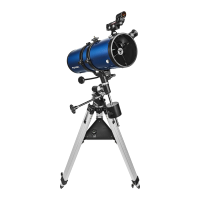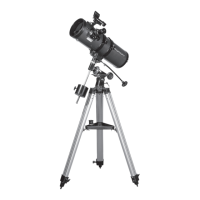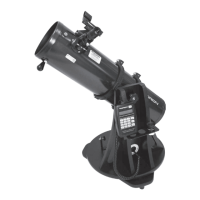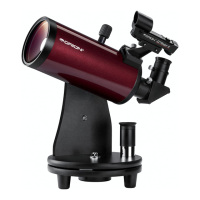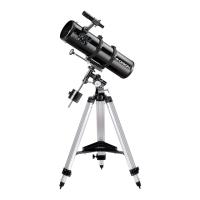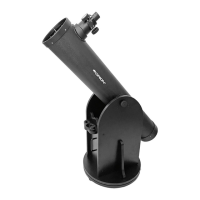Messier made this list to help observers identify objects that might be mistaken for comets.
Messer’s list includes some of the brightest and most attractive deep sky objects observable from
the northern hemisphere
Star Clusters are particularly pretty, usually bright and easy to see. Note that some Messier
Objects are very faint, and will take a while to find and see. A few are very dim, but may seem to
appear like magic when you look at them “out of the corner of your eye”. This is called “Averted
Vision” and works well when looking at very dim objects.
Star Hopping
This term describes how one uses a star chart to find objects too dim to see
without a telescope. You likely already know how to do this, if you can find the
North Star by following the “pointer stars” of the Big Dipper. To find a deep
sky object, look for a pattern of stars that can act as landmarks for it. For
example: To find the Pinwheel Galaxy, M 101, look for the last two stars of
the Big Dipper’s handle. They make the base of a triangle that has the M 101 at the top.
You can also try a low-power (24 mm) scanning of the Milky Way: just cruise through the “star
clouds” of our galaxy. You’ll be amazed at the rich fields of stars and objects you’ll see!
14
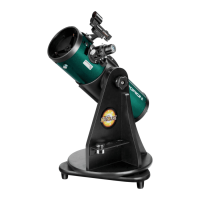
